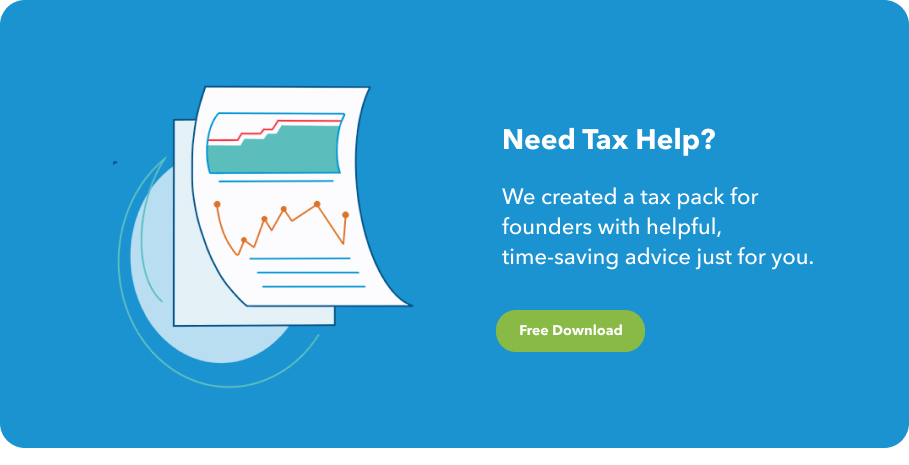The last few weeks of every year fly by, but before you get swept away by the hustle of planning for 2017, set time aside to bring the current year to a close. I’m not talking about hosting an office holiday party to celebrate your company’s achievements, holding annual reviews to appraise individual and overall business growth, or dishing out employee bonuses. You should definitely consider doing those things!
Whatever else you do, just remember that your most important end-of-year financial task is closing your books.
Closing your company’s books at the end of the year is a standard task, and if you have a good accounting system, the process should be pretty basic. Depending on your company, it involves looking through the year’s transactions, making sure they are all properly categorized, adjusting entries for any company activities that didn’t make it on your books, and then reviewing to make sure everything balances and ties out.
Download this free pack of 3 interactive resources to get your business’s books in shape for tax season.
Administratively speaking, properly closing your books helps you avoid accidentally recording a transaction in the wrong year, which can have serious ripple effects for your future accounting and taxes, as you can imagine. More importantly, closing your books allows you to accurately account for your company’s financial activities from the year, figure out balances that will carry forward to the upcoming year, and start building fresh financial reports for the new year.
Why you need properly closed books to prepare annual financial reports
When you close your books at the end of the year, you’re doing your future self a huge favor come tax season—There’s enough between documents and due dates to keep track of that time of year, trust us! Whether you’re preparing your financial statements yourself or working with an accountant, it’s important to close your books so the balance sheet, income statement and cash flow are reported accurately. Having these reports updated will make filing your company’s taxes much more efficient.
Build your balance sheet for the year:
Your balance sheet is a snapshot of your company’s assets, liabilities, and equity at a moment in time, in this case, a year. The balance sheet is a chart with two sides, one listing your Assets, and the other side listing your Liabilities and Owner’s Equity. When totaled, the values of both sides should always be equal, or “in balance.” One side lists the value of what you owe (liabilities) and any owner’s equity; the other lists the value of what you own (assets). When you close your books, the two sides should balance. Along with this report, your cash flow statement will show how changes in your balance sheet affected your company’s net income.
Prepare your income statement (aka profit & loss statement):
Your P&L is where you’ll organize your business’s revenue and expenses for the year. Once you’ve properly closed your books this report will show your net income. This is the best view into your bottom line, which determines your taxable income. This statement also can help you identify opportunities for tax deductions and credits, which can help lower your tax responsibility that year (and years to come!).
If your books aren’t properly closed, you won’t be able to generate accurate reports. They’re essential not only for calculating your bottom line and determining your taxable income, but also for things such as board meetings, audits, and investor presentations.
When to close your annual books (and how it affects your taxes)
You may be surprised: The answer isn’t always December 31! Businesses must close their books at the end of their fiscal year, even if they use something other than a calendar year (for more about the differences between a fiscal and calendar year read this blog).
If your business uses the calendar year you won’t need to adjust your calendar—C corp and S corp tax returns are due on March 15 and sole proprietor, partnership, or LLC tax returns are due April 15. For businesses that have a fiscal year-end other than December 31, these due dates shift, but don’t bother reaching for your calculator, we’ve got the math for you here on this handy chart:

It’s important to have a tax expert look at your P&L for expenses that are deductible for bookkeeping purposes but not tax purposes. From here they will perform M1 adjustments to correct for the difference between financial accounting and tax accounting.
As a business owner, you obviously have to file a tax return and you want to make sure you file it correctly the first time to avoid having to file again or pay penalties. Conducting an annual close of your books and moving into tax season can feel daunting for any business owner, which is why we’ve put together the Entrepreneur’s End of Year Tax Pack, a 3-piece resource that includes:
- [Checklist] Getting Your Books in Shape Before the End of the Year – Keep this checklist handy when closing your books & preparing your financial statements.
- [Guide] End-of-Year Tax Strategies for Entrepreneurs – with 8 ways you can save on your business taxes this year.
- [Workbook] Fill Before You File – The workbook CPAs wish every small business would fill out in advance.
Quick Note: This article is provided for informational purposes only, and is not legal, financial, accounting, or tax advice. You should consult appropriate professionals for advice on your specific situation. indinero assumes no liability for actions taken in reliance upon the information contained herein.




